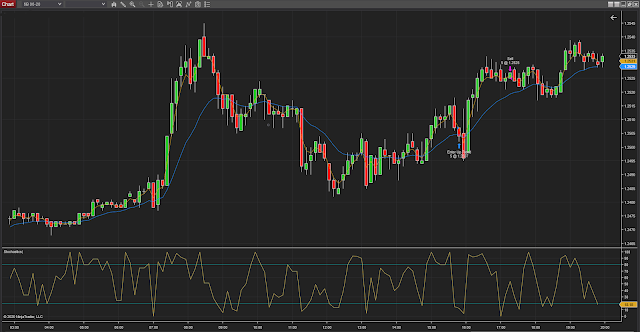Summary
EUR/USD, two of the biggest economic areas.
Macroeconomic fundamentals, indicator comparison, GDP, CPI, PMI,
Unemployment.
Technical Analysis, simple moving averages, weighted moving averages,
RSI, MACD.
We have seen the EUR/USD between 1.0802 and 1.1616
in 2016. The first half of the year the dollar was weaker than the euro but in
the recent months the dollar has strengthened.
Own elaboration,
EUR/USD, daily, 01/01/2015 - 09/08/2016
The referendum in United Kingdom was a inflection
point in the financial markets. After it, the dollar USD has performed very
well. There are a lot of doubts about the future of the eurozone. A negative
outcome of the Italian referendum could break Europe. The US macroeconomic data
is strong. We saw a hawkish Fed in its last statement. I think the fed will
raise the interest rates before 2017.
Macroeconomic
outlook
Let me compare the two economic areas:
I have chosen the CPI, GDP, Manufacturing PMI and
the Unemployment rate. The main reason is that these indicators provides us a
quick insights about how the economy is performing.
Own elaboration,
GDP Comparison
We can see that the European economy is growing at
a slow pace. In contrast the American economy is dynamic.
Own elaboration,
Unemployment Comparison
There is a big gap between the two economic areas.
The Europe's main problem is that there are two speed economies (or more) and
it's difficult to adapt the economic policy to the different needs. We can see
a strong US data. In my opinion the Fed released the economic stimulus at time,
avoiding or smoothing the impact of the financial crisis.
Own elaboration,
Manufacturing PMI Comparison
in terms of manufacturing PMI, Europe is doing well
and its data is consistent. The US ISM PMI is more cyclical but it's peaking in
2016.
Own elaboration,
CPI Comparison
A growing CPI indicates that the economy is getting
stronger, considering normal conditions. We can see a poor EU CPI. This
indicates that the risk aversion is really high and everyone is delaying the
most important expenditures (like buying a car or a house). Nowadays it's
different, the macroeconomic releases don't impact the markets as they used to.
Right now the Central Banks move the market.
Technical Analysis
Once I briefly explained the fundamental view, it's
time to check the technical analysis. I analyze through R Programming. I
modified the data you will see 11200 instead of 1.1200.
Own elaboration,
EUR/USD, daily, 01/01/2015 - 09/08/2016
I'd like to start explaining the color code: the
blue line is a 50 SMA, the red one is a 20 SMA, the green line is a 100 SMA,
the grey line is a 200 SMA and the orange line is a 20 WMA. We can see the RSI
and the MACD under the main chart. The short period moving averages are bellow
the 100 SMA (blue line) but they are slightly above the 200 SMA (grey line).
The MACD indicates that this par could rebound a little bit. I think that if
the price goes under 1.1000, it will look for the lows of the year (around
1.0802).
Conclusion
I think we will see a stronger USD in
the coming weeks, so probably the EUR/USD and the GBP/USD will be lower. The
American economy is getting stronger while there are some doubts about the
future of the Eurozone. The European Central Bank will continue its asset
purchases which means a weaker euro. In the case of GBP/USD, the Bank of
England started its stimulus measures yesterday. In addition the BoE warned
that they can cut even more the interest rates and boost the government bond
purchases if the economic downturn in U.K. deepens.






